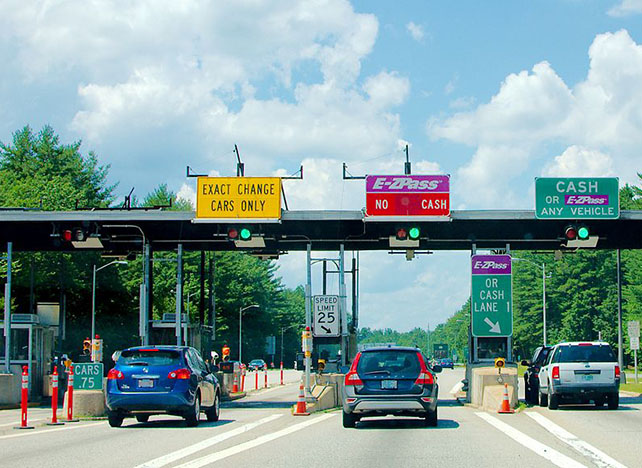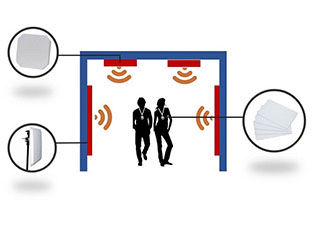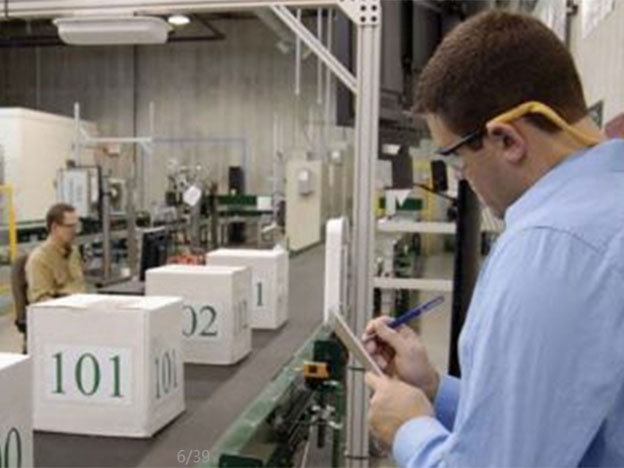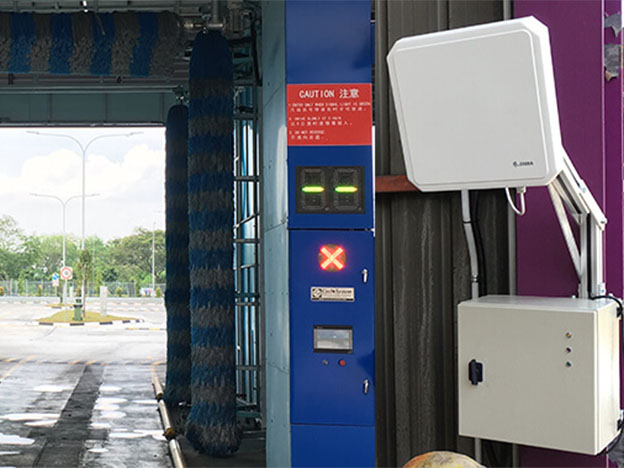 zadzwoń pod numer :
+86 18681515767
zadzwoń pod numer :
+86 18681515767
 e-mail :
marketing@jtspeedwork.com
e-mail :
marketing@jtspeedwork.com
 zadzwoń pod numer :
+86 18681515767
zadzwoń pod numer :
+86 18681515767
 e-mail :
marketing@jtspeedwork.com
e-mail :
marketing@jtspeedwork.com

01. nasze produkty
gorące produktyshenzhen jietong technology co., ltd. to firma high-tech skupiająca się na rozwoju, produkcji i sprzedaży identyfikacji radiowej (rfid).
zawsze o krok więcej!
Shenzhen Jietong technology Co., Ltd jest firmą high-tech zajmującą się badaniami i rozwojem, produkcją i sprzedażą sprzętu UHF RFID. Jietong ma własny zespół badawczo-rozwojowy, którego inżynierowie mają ponad 10-letnie doświadczenie w badaniach i rozwoju. Aby zapewnić klientom najlepszą obsługę i produkt, Jietong stale się rozwija, aby oferować całe rozwiązanie dla projektu, obsługę posprzedażną i wsparcie technologiczne. Jietong ma główne linie produktów, w tym czytnik wielotagowy UHF RFID Impinj R2000 / TM200 , czytnik odczytu pojedynczego znacznika UHF RFID , czytnik dalekiego zasięgu UHF RFID , czytnik średniego zasięgu UHF RFID , stacjonarny czytnik / zapis UHF RFID , moduł czytnika UHF RFID , Ręczny czytnik RFID UHF , Antena UHF RFID , Karta UHF RFID i Tag itp., Jietong ma zasadę wyższości użytkowników i zależy od zorientowanej na rynek, nowej technologii i wysokiej jakości, zapewnimy naszym klientom najnowszą technologię, najlepsze produkty, konkurencyjne, szczere usługi. Ugruntowaliśmy swoją pozycję jako niezawodna, innowacyjna i zaufana część firm klientów i dostawców.

02. Dlaczego właśnie my
nasza przewagashenzhen jietong technology co. ltd., to firma high-tech zajmująca się badaniami i rozwojem, produkcją i sprzedażą identyfikacji radiowej (RFID). Specjalny profesjonalista w czytniku internetu rzeczy uhf rfid. Jietong ma własny zespół badawczo-rozwojowy, którego inżynierowie mają ponad 10-letnie doświadczenie w dziedzinie badań i rozwoju. Aby zapewnić klientom najlepszą obsługę i produkt, jietong jest w ciągłym rozwoju, aby oferować całe rozwiązanie dla projektu, obsługę posprzedażną i wsparcie technologiczne.Jietong ma główne linie produktów, które obejmują moduł rfid uhf, czytnik ręczny rfid, czytnik rfid uhf, czytnik rfid średniego zasięgu na parkingu samochodowym, czytnik kontroli dostępu uhf, antenę uhf, karty i tagi uhf itp.,jt uhf czytnik rfid już intensywnie wykorzystywany w zarządzaniu pojazdami, z wykorzystaniem środowiska obejmuje również zarządzanie personelem w fabryce, zarządzanie wagą magazynu, kontrolę dostępu do magazynu i pojazdu, zarządzanie odzieżą, zarządzanie logistyką wyrobów tytoniowych, inteligentne zarządzanie biblioteką, zarządzanie identyfikacją linii produkcyjnej, aktywa zarządzanie itp.,Jietong ma zasadę wyższości użytkowników i zależy od zorientowanych na rynek, nowych technologii i wysokiej jakości, zapewnimy naszym klientom najnowszą technologię, najlepsze produkty, konkurencyjne, szczere usługi.
 profesjonalny
profesjonalny
zespół badawczo-rozwojowy ma ponad 10-letnie doświadczenie;
 produkt
produkt
oferować tani, średni i wysokiej jakości produkt;
 jakość
jakość
krajowa ochrona patentowa produktu własnej marki
 usługa
usługa
2 lata gwarancji i 3 lata konserwacji;
03. przypadki projektów
ROZWIĄZANIE I PRZYPADEKTa strona z rozwiązaniami pomaga klientom rozwiązać problem instalowania aplikacji i zarządzania nimi za pomocą produktów Jietong Technology. Zawarte są następujące elementy: Zarządzanie pojazdami Zarządzanie systemem osobistym UHF Zarządzanie linią produkcyjną Zarządzanie logistyką Zarządzanie aktywami Zarządzanie magazynem Zarządzanie pojazdami sanitarnymi środowiska Inteligentne zarządzanie regałem
RFID Technology in the Renewable Energy Sector: Applications and Opportunities 1. Introduction As the global renewable energy industry expands, efficient asset management, supply c...
Czytaj więcej
zarządzanie pojazdamiwraz z terapeutycznym rozwojem chińskiej gospodarki poziom życia ludzi rośnie; całkowita liczba posiadanych samochodów również zaczęła szybko rosnąć. Obecnie p...
Czytaj więcej
uhf rfid system zarządzania personelem>> przegląd systemuSystem zarządzania kadrami o długich dystansach to nowoczesny system zarządzania personelem, będący połączeniem technologii...
Czytaj więcej
zarządzanie linią produkcyjnąW celu wytwarzania produktów lepszej jakości, przy jednoczesnym obniżeniu kosztów produkcji i spełnieniu wymagań normy ISO9000, producenci dokładniej ś...
Czytaj więcej
zarządzanie naprowadzaniem wózka agvprzy poziomie produkcji i rosnącym zapotrzebowaniu klientów różnorodne systemy logistyczne stoją przed wieloma wyzwaniami, m.in. jak poprawić ef...
Czytaj więcej
system zarządzania aktywami rfidPrzegląd systemusposób ręcznego wdrażania zarządzania aktywami, w tym zwiększania aktywów, dystrybucji, magazynowania, utylizacji itp. nigdy już nie...
Czytaj więcej
04. wydarzenia
najnowsze wiadomościshenzhen jietong technology co., ltd. to firma high-tech skupiająca się na rozwoju, produkcji i sprzedaży identyfikacji radiowej (rfid).


05. Darmowa konsultacja
zostaw wiadomośćJeśli jesteś zainteresowany naszymi produktami i chcesz poznać więcej szczegółów, zostaw wiadomość tutaj, a my odpowiemy tak szybko, jak to możliwe.

telefon : +86 18681515767
Whatsapp : +8618681515767

e-mail : marketing@jtspeedwork.com

4/F,7 Building,Lihe industry, NO.1055 Songbai Road ,Nanshan District, Shenzhen, China
prawa autorskie © 2025 Shenzhen Jietong Technology Co.,Ltd. Wszelkie prawa zastrzeżone.

obsługa sieci IPv6